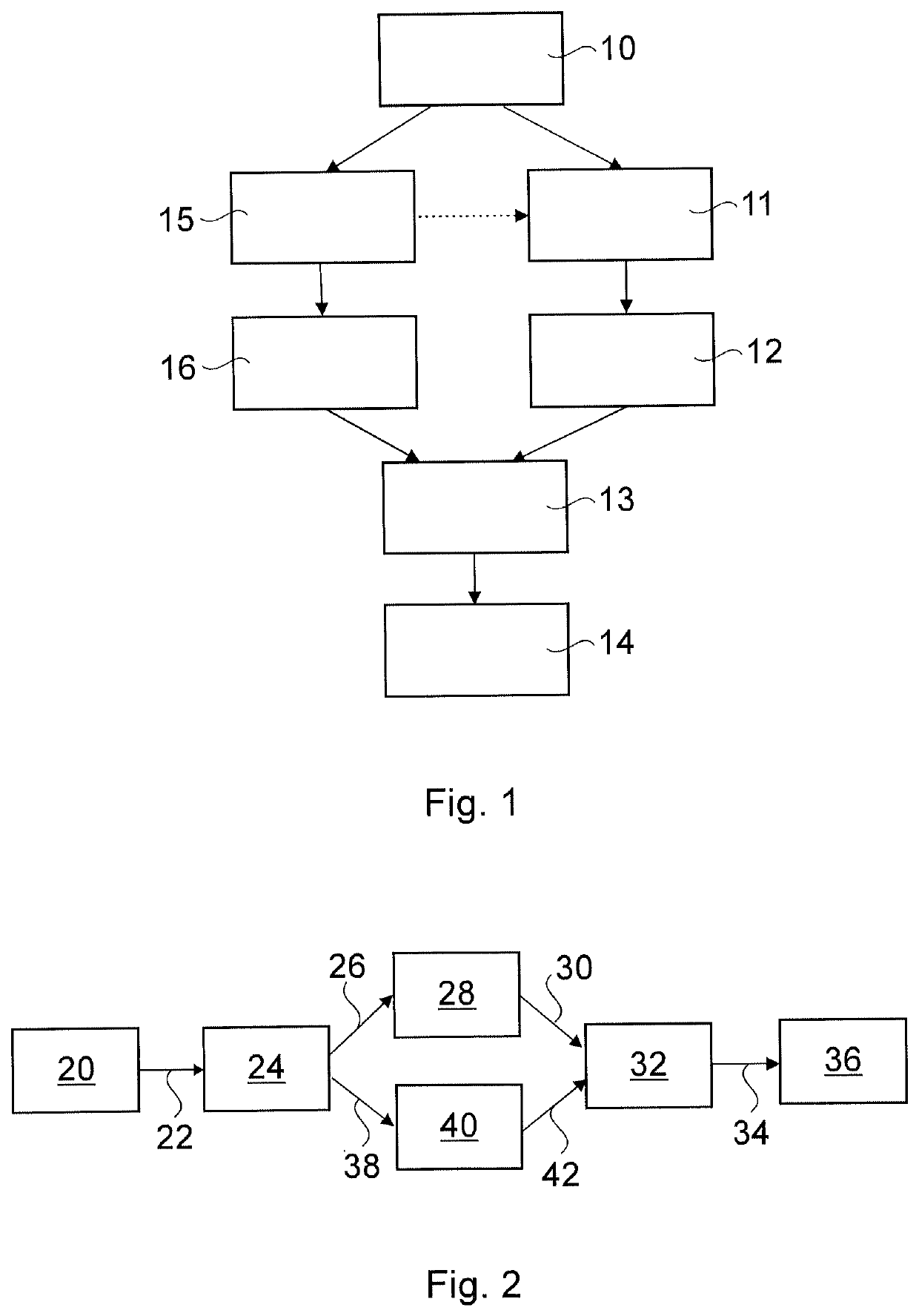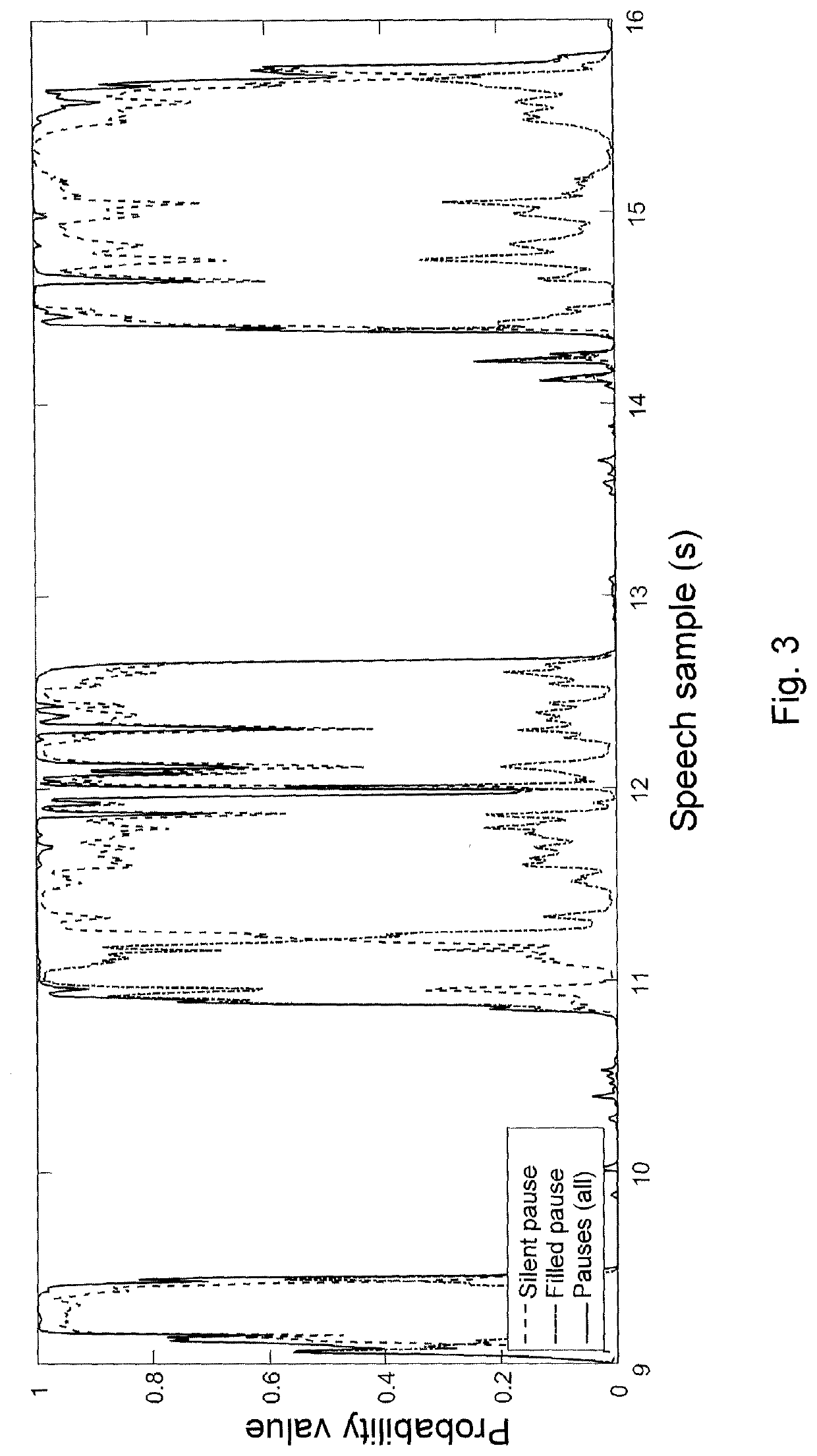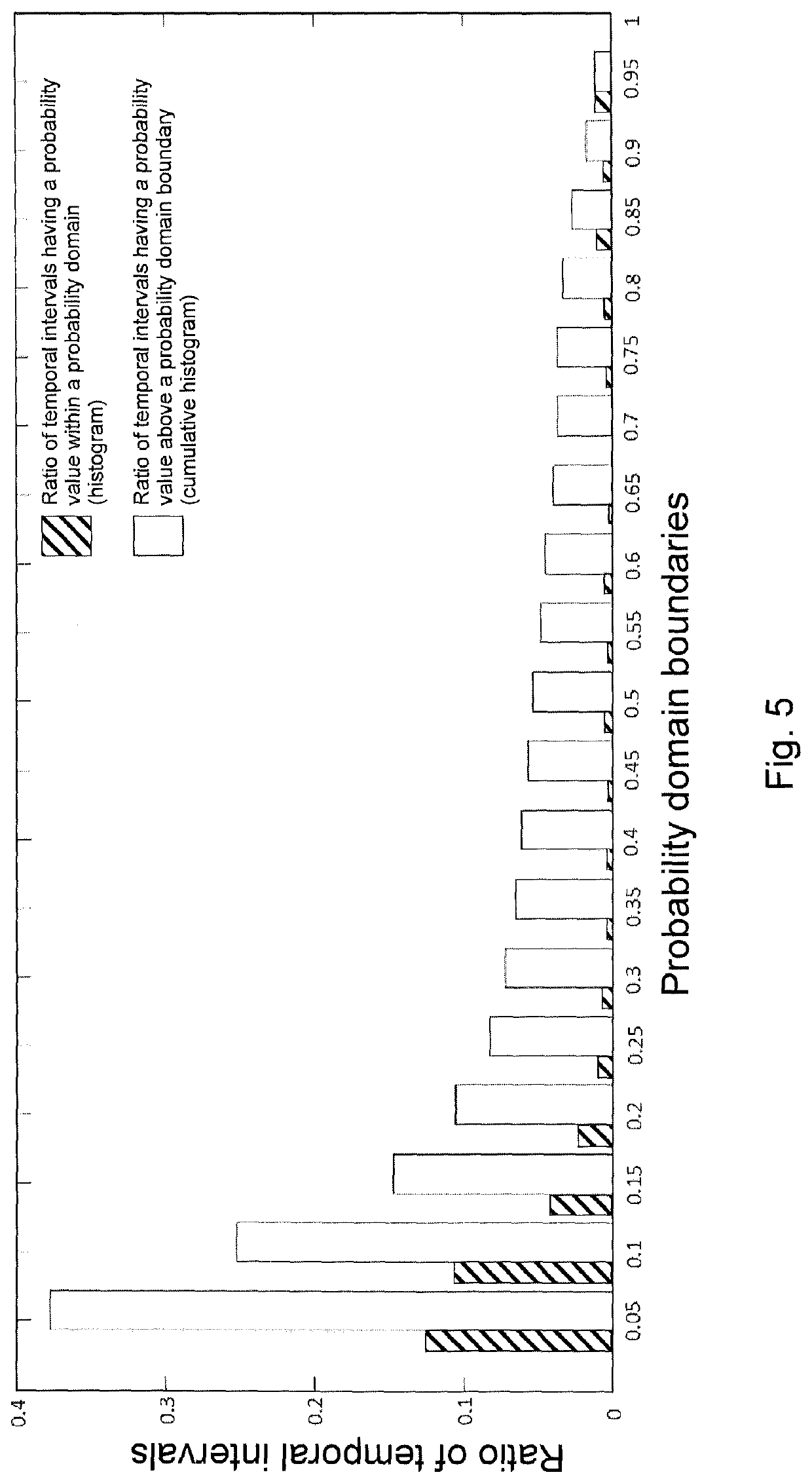Automatic Detection Of Neurocognitive Impairment Based On A Speech Sample
- Summary
- Abstract
- Description
- Claims
- Application Information
AI Technical Summary
Benefits of technology
Problems solved by technology
Method used
Image
Examples
Embodiment Construction
[0016]In light of the known solutions the need has arisen for providing a speech analysis method that allows for the early recognition and / or screening of neurocognitive impairment in a simple, effective, fast and objective manner by anyone, i.e. without requiring the intervention of a trained personnel or a physician.
[0017]The object of the technical solution according to the invention is to provide an automated speech analysis method adapted for the detection of neurocognitive impairment that eliminates the drawbacks of prior art solutions to the greatest possible extent.
[0018]The primary objective of the invention is to provide an automated method that allows for the early recognition of neurocognitive impairment effectively and objectively, with the smallest possible error rate, and permitting quick data processing.
[0019]A further objective of the invention is to provide a method that is simple, cheap, can be carried out by anyone irrespective of their training or education, and...
PUM
 Login to View More
Login to View More Abstract
Description
Claims
Application Information
 Login to View More
Login to View More - R&D
- Intellectual Property
- Life Sciences
- Materials
- Tech Scout
- Unparalleled Data Quality
- Higher Quality Content
- 60% Fewer Hallucinations
Browse by: Latest US Patents, China's latest patents, Technical Efficacy Thesaurus, Application Domain, Technology Topic, Popular Technical Reports.
© 2025 PatSnap. All rights reserved.Legal|Privacy policy|Modern Slavery Act Transparency Statement|Sitemap|About US| Contact US: help@patsnap.com



